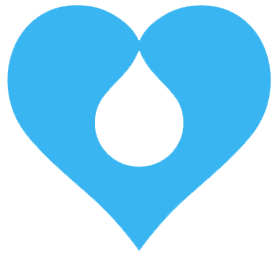Moderation Guidelines
Moderation Guidelines
In DD&I spaces, strive to promote understanding, empathy, and increase personal awareness of all people. This includes people from across the Drupal Community and the greater Technical Community, even those you may personally disagree with.
The person kicked can send a private message (PM) to the kicker or another Moderator, if desired, for re-admittance. If a disruptive person is engaging in what appears to be intentionally inflammatory, bullying, or harassing behavior provoking hostile responses (or acting in a hostile manner), kicking is faster and easier than trying to placate a disruptive person whose behavior is causing distress to other channel members.
The kick is not a ban. There are times when disruptive or triggering comments and statements are genuine and break the lines of communication between two parties. By speaking with a Moderator, the (potentially) disruptive person can be coached on using more sensitive, inclusive, and diverse-aware language, and on engaging in a more constructive manner.
Tiered Responses
-
Tier One Response
-
User is welcomed in the channel, asked to read some scroll back, and given a link to participation guidelines.
-
-
Tier Two Response
- User is gently reminded in channel to keep posts on topic, and/or of participation guidelines.
-
Tier Three Response
- User is PM’d by available Moderator to explain the problem(s) with their posts and given suggestions of what to do differently.
-
Tier Four Response
- If behavior continues, User is kicked for no less than 24 hours from the Drupal Slack.
Non-Tiered Response Banning
Intentionally disruptive individuals get kicked from the channel in question, not tiered.
-
Example: User makes threats, statements intending to cause personal harm, etc.
-
User is reported, with screenshots or transcript from the archive, to the Drupal Community Working Group, and banned from the Channel until Moderators and the banned person can meet to discuss channel behavior.
Moderation examples
-
We’re veering off-topic, and we need to get the channel back on track.
-
We are, again, on the border of #governance so would like to remind you that unless we have a specific idea about procedures that will impact diversity and inclusion, to please hop over to that room.
-
Thank you for being willing to move governance topics to that channel. There IS overlap, they do intersect, and people’s feelings about one impact the other. There are no perfect boundaries, but - like with everything else - we’re trying to set a few.
Tips for slack moderators
-
Add di-moderators to slack preferences as a highlighted word.
-
When changing your role from a Participant to a Moderator, let the channel know. Examples:
-
“Putting my moderator hat on”
-
“Acting as a moderator now”
-
-
When switching back, from Moderator to Participant:
-
“Taking off my moderator hat”
-
“Stepping down from moderating now”
-
“In my opinion”
-
“Speaking as myself”
-
-
Keep self-care in mind. Announce when you are not in a place to be a moderator.
-
Announce when you are taking a step back or taking a break. When possible, give an estimate for when you will next be available.
-
If the channel gets tense, suggest taking a break. When possible, suggest a time for reengaging.
Resources
-
http://blog.socious.com/online-community-management-an-overview-on-community-moderation-guidelines
-
http://www.edchange.org/multicultural/activities/groundrules.html
This document was originally drafted in collaboration. It will be revised and edited as necessary.
If you have feedback on these guidelines, we’d love to hear it. Please add your thoughts here
TODO: Create a new issue for feedback on drupal.org and fix this link.
